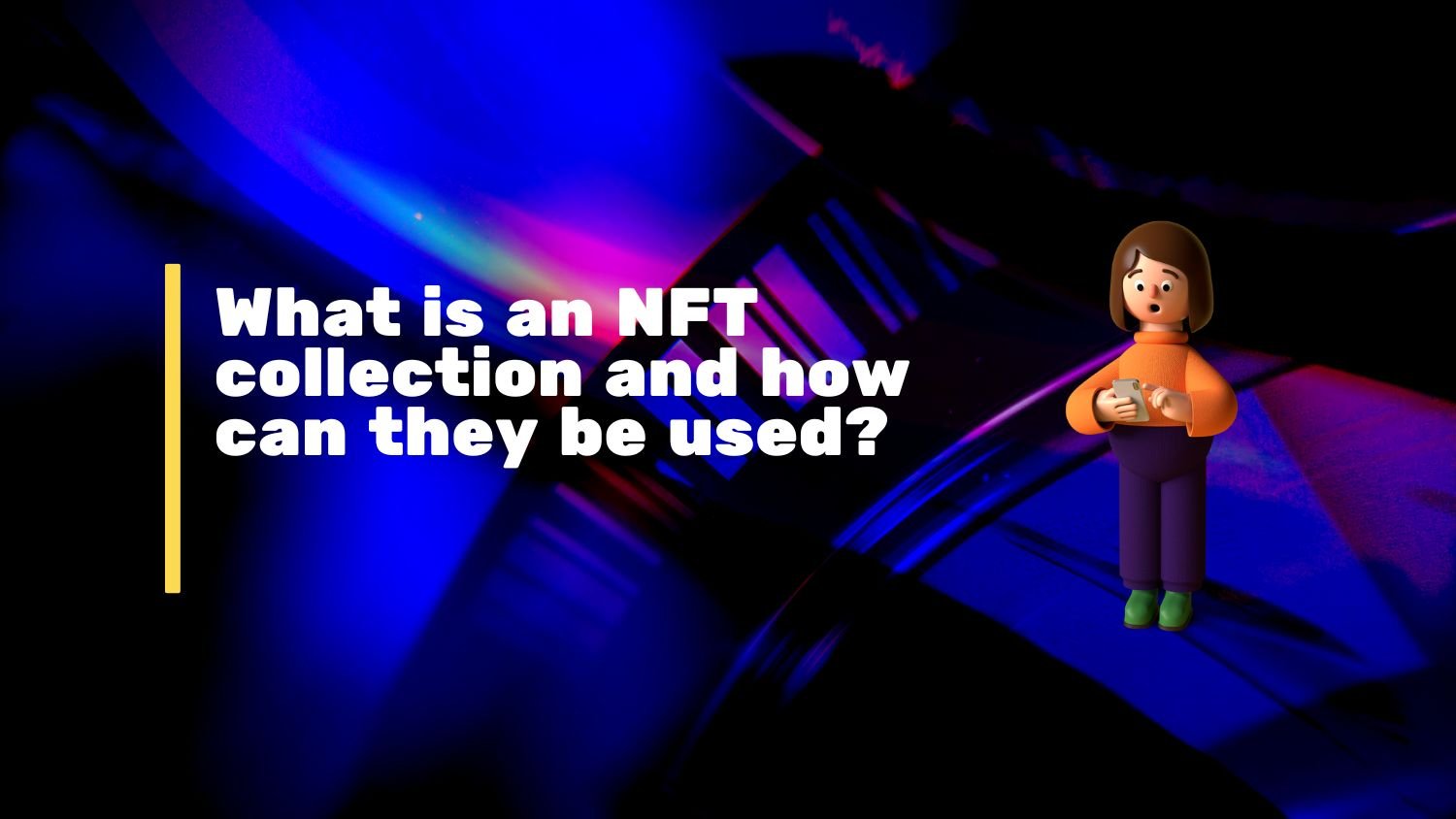What is Blockchain Technology and How does it Work
In today’s digitally-driven world, the term “blockchain technology” has been buzzing around with increasing frequency. But what exactly is blockchain, and why is it generating so much hype? In this article, we’ll delve into the fundamentals of blockchain technology, demystify its workings, and explore some real-life examples of its applications.
What is Blockchain Technology?
At its core, blockchain is a decentralized, distributed ledger technology that enables secure and transparent peer-to-peer transactions over a network. Unlike traditional centralized systems, where a single authority controls the database, blockchain operates on a decentralized network of computers (nodes), each maintaining a copy of the ledger.
How Does Blockchain Work?
Blockchain technology works on the principle of blocks linked together in a chronological chain. Each block contains a list of transactions, a timestamp, and a cryptographic hash of the previous block, creating a secure and immutable record of transactions.
When a new transaction occurs, it is broadcasted to all nodes on the network. These nodes then validate the transaction using consensus mechanisms such as Proof of Work (PoW) or Proof of Stake (PoS). Once validated, the transaction is added to a new block, which is then appended to the existing blockchain.

Real-Life Examples of Blockchain Technology
Cryptocurrencies: The most famous application of blockchain is Bitcoin, the pioneer cryptocurrency. Bitcoin transactions are recorded on a public blockchain, enabling secure and decentralized peer-to-peer transactions without the need for intermediaries like banks.
Supply Chain Management: Blockchain technology is revolutionizing supply chain management by enhancing transparency and traceability. Companies like Walmart and IBM are using blockchain to track the journey of products from manufacturer to consumer, reducing fraud and ensuring product authenticity.
Smart Contracts: Ethereum, a blockchain platform, introduced the concept of smart contracts. These self-executing contracts automatically enforce the terms of an agreement when predefined conditions are met, eliminating the need for intermediaries and streamlining processes in various industries, including real estate and insurance.
Digital Identity: Blockchain-based identity management systems offer a secure and efficient way to manage digital identities, reducing the risk of identity theft and fraud. Projects like uPort and Civic are leveraging blockchain technology to provide individuals with control over their personal data.
Conclusion
Blockchain technology holds immense potential to revolutionize various industries by providing secure, transparent, and decentralized solutions. As we continue to explore its capabilities, the adoption of blockchain is expected to grow exponentially, paving the way for a more efficient and trusted digital future.
In conclusion, blockchain technology is not just a buzzword; it’s a transformative force that’s reshaping the way we conduct transactions, manage data, and interact with the digital world. Whether it’s cryptocurrencies, supply chain management, smart contracts, or digital identity, blockchain is proving to be a game-changer with real-world impact.





